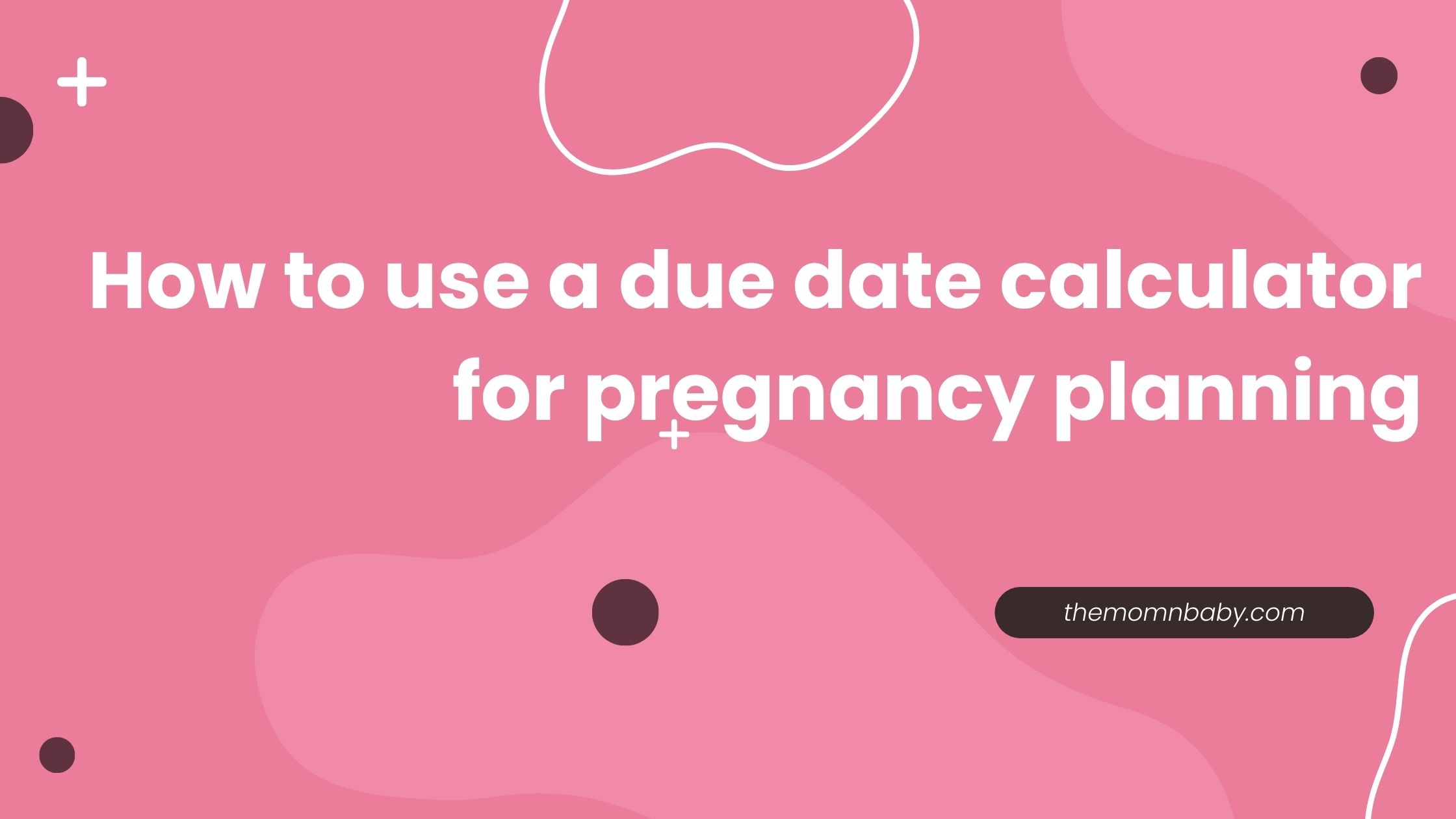When we think about a woman’s water breaking, we usually connect it to the time when she’s about to give birth. But sometimes, this can happen before labor even starts. That’s what we call Premature Rupture of Membranes (PROM). Now, if this happens before a woman is 37 weeks pregnant, we call it Premature Rupture of Membranes (PROM). It’s like the water bag breaking too soon, and when it occurs before the baby is ready to be born, it needs extra attention from doctors to make sure everything goes well.
If your water breaks before contractions start, your doctor or midwife will talk with you about what to do. They’ll consider your symptoms and health history. Together, you’ll decide what’s safest. Some suggestions may not be right for you, depending on your health.
You’ll also discuss when to go to the hospital, birth center, or doctor’s office. If you’re planning to give birth at home, your midwife will tell you when they’ll come to check on you and the baby. It’s all about working together to make the best decisions for you and your little one.
When is Watchful Waiting Recommended for Premature Rupture of Membranes (PROM)?
Sometimes, it takes a few hours for contractions to start when your water breaks. If you and your doctor are okay with it, waiting might be okay, as long as both you and the baby are doing well. During this time:
– Avoid baths, sex, or anything in your vagina.
– You can choose to be at home or in the hospital; it’s usually a personal choice.
– It’s safe to stay home if you don’t show signs of infection like fever or strange-colored fluid.
Antibiotics aren’t always recommended unless there’s an infection. Waiting for up to 24 hours after your water breaks doesn’t seem to increase risks if there’s no infection in you or the baby.
Read More : Preparing for Labor and Delivery: What to expect
Natural Labor Stimulation
To naturally stimulate labor, you can try things like:
- Nipple Stimulation: Gently massage your nipples with your hands or use a breast pump. This releases oxytocin, which may start contractions.
- Walking: Take a stroll around your house or outside. Movement can sometimes help kickstart labor.
- Acupressure: Apply pressure to specific points on your body, like four fingers above your inner ankle. This might stimulate oxytocin, encouraging labor.
If you don’t have a breast pump, you can ask a hospital lactation consultant for one. These methods can be gentle ways to nudge your body toward labor.
Medical techniques
In certain situations, your doctor may suggest medical interventions to assist with labor. One common method is using Pitocin, which is a synthetic form of oxytocin. Administered through an IV, it’s crucial to have proper fetal monitoring during this process. This is because there are potential risks involved, such as fetal distress, overly intense or prolonged contractions, and the rare possibility of uterine rupture. Always follow your doctor’s guidance and ensure thorough monitoring for a safe labor experience.
Read More : C-Section & Vaginal Delivery – Choosing The Best Birth Option
What About PPROM?
When it comes to PPROM (Preterm Premature Rupture of Membranes), the actions taken depend on how far along you are in your pregnancy and the cause of the water breaking. For instance:
- Infection Cause: If an infection caused the water break, immediate IV antibiotics may be given, and decisions about delivering the baby are made.
- Corticosteroids: If your water breaks before 32 weeks, your healthcare provider might suggest corticosteroids. These help mature your baby’s lungs, potentially reducing complications if you deliver early.
It’s all about managing PPROM based on your specific situation to ensure the best outcome for both you and your baby. Always follow your healthcare provider’s guidance.
Causes of Premature Rupture of Membranes (PROM)
The exact cause of PREMATURE RUPTURE OF MEMBRANES (PROM) is often multifactorial and may include:
- Infections: Certain infections can weaken the membranes, increasing the risk of premature rupture.
- Smoking: Maternal smoking during pregnancy has been linked to an elevated risk of Premature Rupture of Membranes (PROM).
- Multiple Pregnancies: Women carrying twins or multiples may face a higher risk due to increased pressure on the amniotic sac.
- History of Premature Rupture of Membranes (PROM) : Previous instances of PROM may increase the likelihood of it occurring in subsequent pregnancies.
- Vaginal Bleeding: Conditions leading to vaginal bleeding can contribute to the weakening of the amniotic sac.
Risks Associated with Premature Rupture of Membranes (PROM) :
Premature Rupture of Membranes poses potential risks for both the pregnant individual and the developing baby. These risks include:
- Infection: The risk of infection increases once the protective barrier of the amniotic sac is breached.
- Preterm Birth: Premature Rupture of Membranes (PROM) is a significant contributor to preterm birth, which can lead to various complications for the baby.
- Umbilical Cord Compression: In some cases, the umbilical cord may become compressed, impacting the baby’s oxygen supply.
- Placental Abruption: The separation of the placenta from the uterine wall can occur, posing serious risks to both the baby and the mother.
Read More : Understanding The Factors: 11 Risks Associated With Preterm Delivery
Conclusion:
If your water breaks before labor begins, talk to your midwife or doctor about how you feel. They’ll help decide what’s safest for you and your baby. If it’s early in your pregnancy, you might need care at the hospital to ensure a healthy outcome for your baby. Always reach out to your healthcare provider to figure out the best plan for your specific situation.
FAQ
Q. What is PROM ?
– Premature Rupture of Membranes occurs when the amniotic sac breaks before the start of labor.
Q. What causes Premature Rupture of Membranes (PROM) ?
– Various factors contribute, including infections, smoking, multiple pregnancies, a history of PROM, and conditions leading to vaginal bleeding.
Q. How is Premature Rupture of Membranes (PROM) diagnosed?
– Diagnosis involves a physical examination, pH testing strips, and sometimes ultrasound to assess amniotic fluid volume.
Q. What are the symptoms of Premature Rupture of Membranes (PROM) ?
– The primary symptom is the release of amniotic fluid, often experienced as a sudden gush or continuous trickle. Other symptoms may include a constant feeling of wetness.
Q. What risks are associated with PROM?
– Risks include infection, preterm birth, umbilical cord compression, and placental abruption.
Q. How is PROM managed?
– Management depends on factors like gestational age, infection risk, and overall health. Options include watchful waiting, medical interventions, corticosteroids, and hospitalization.
Q. Can Premature Rupture of Membranes (PROM) be prevented?
– While not always preventable, early and regular prenatal care, avoiding smoking, and managing chronic conditions can help reduce the risk.
Q. What is the role of antibiotics in PROM?
– Antibiotics may be administered if there’s a risk of infection associated with PREMATURE RUPTURE OF MEMBRANES (PROM).
Q. How does gestational age impact Premature Rupture of Membranes (PROM) management?
– Gestational age influences the management approach, with preterm PREMATURE RUPTURE OF MEMBRANES (PROM) requiring careful consideration and potential interventions.
Q. What is the importance of seeking medical attention for PROM?
– Premature Rupture of Membranes (PROM) medical attention is crucial to assess risks, determine the cause, and make decisions to ensure the well-being of both the pregnant individual and the baby.





